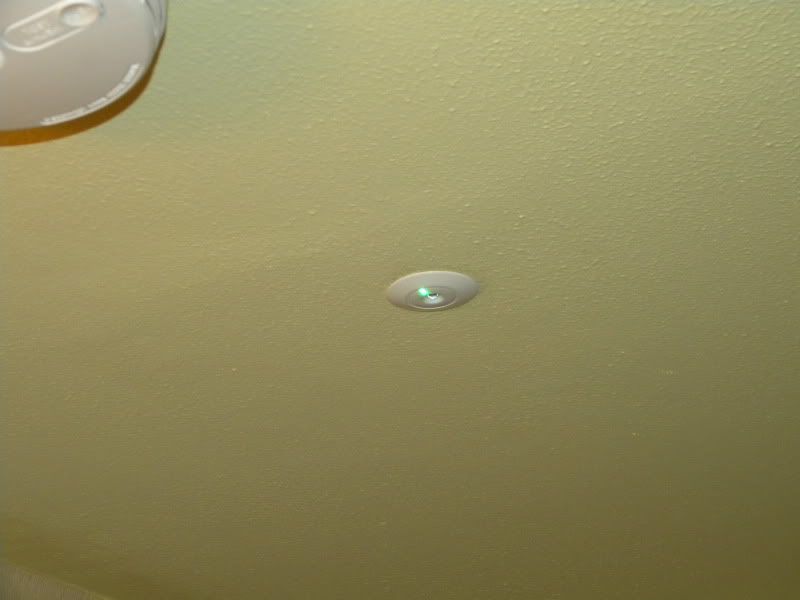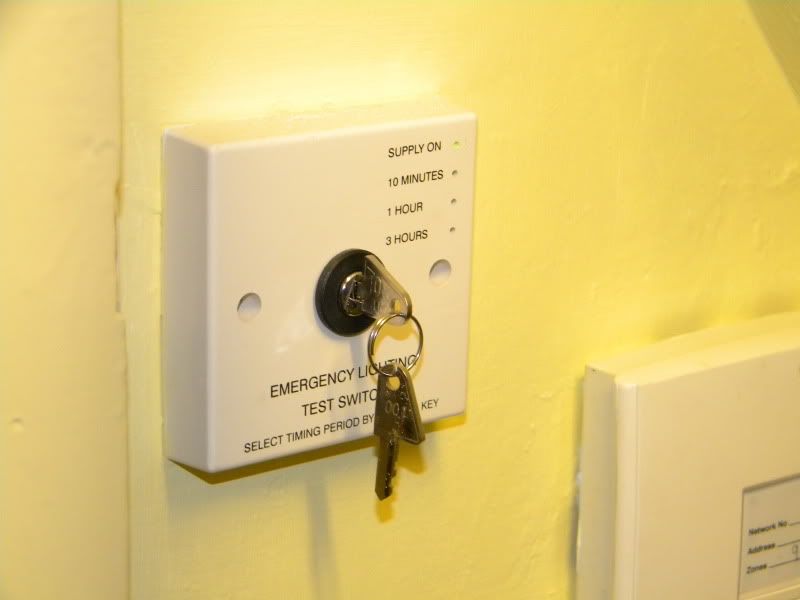Some people feel its belts and braces. Personally its something I'd do if I was rewiring my house. Look at America, they have seperate circuits for their washers, dryers, fridges, and have done for many years. But this is for different reasons (there electrical system is far inferior to ours) 
I mean, lets say your RCD trips due to a wiring fault that you cannot cure there and then and have to wait for a spark. Your boiler and fridge are in the kitchen. You dont want either of them to go off (say its winter). So then you have to unwire the boiler, put a plugtop on it, get an extension lead, run it to an unaffected circuit etc. Its a big hassle. If they werent RCD protected, it wouldnt matter.
Some people now use emergency lights on their stairwells and near the consumer units.
I mean, lets say your RCD trips due to a wiring fault that you cannot cure there and then and have to wait for a spark. Your boiler and fridge are in the kitchen. You dont want either of them to go off (say its winter). So then you have to unwire the boiler, put a plugtop on it, get an extension lead, run it to an unaffected circuit etc. Its a big hassle. If they werent RCD protected, it wouldnt matter.
Some people now use emergency lights on their stairwells and near the consumer units.



